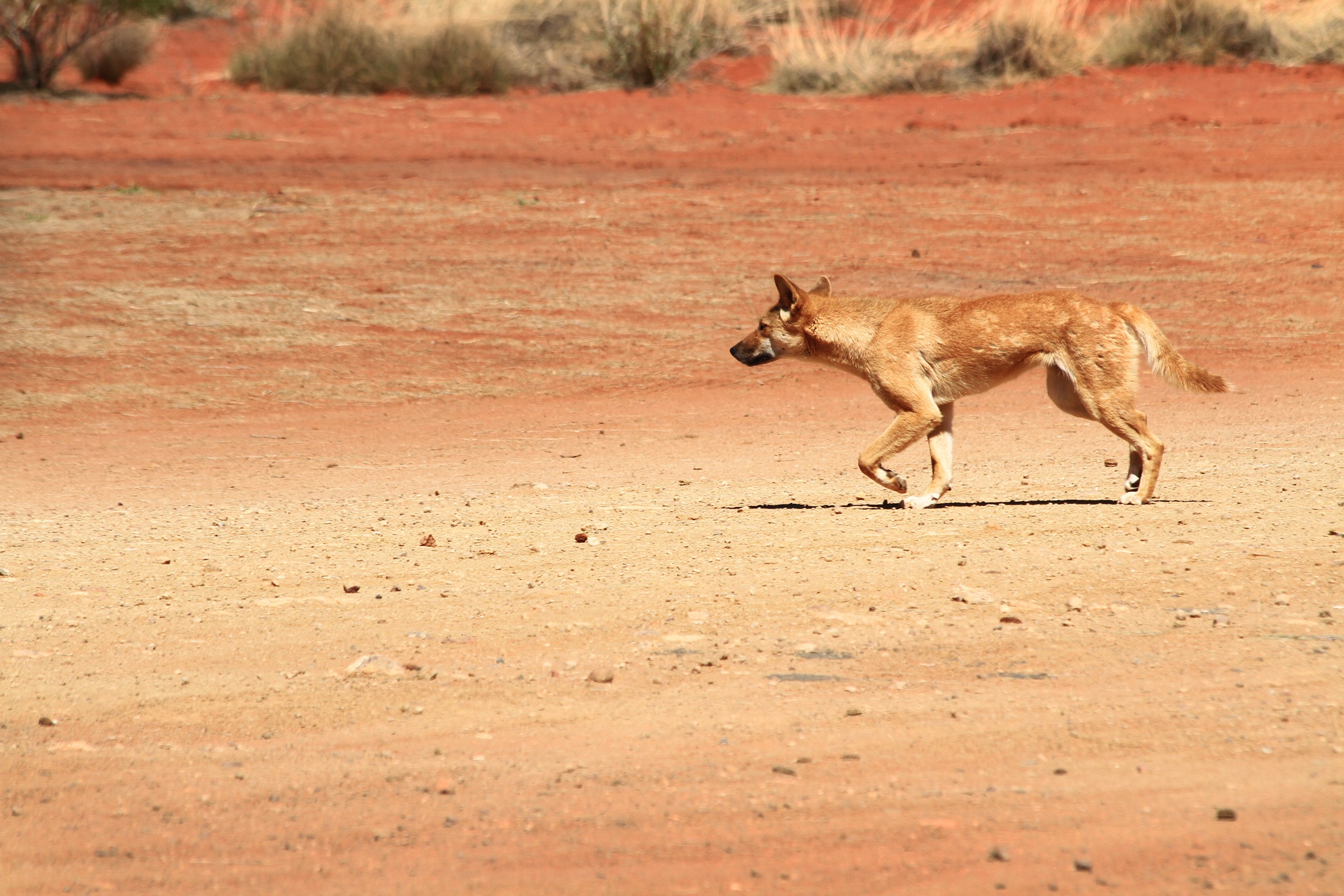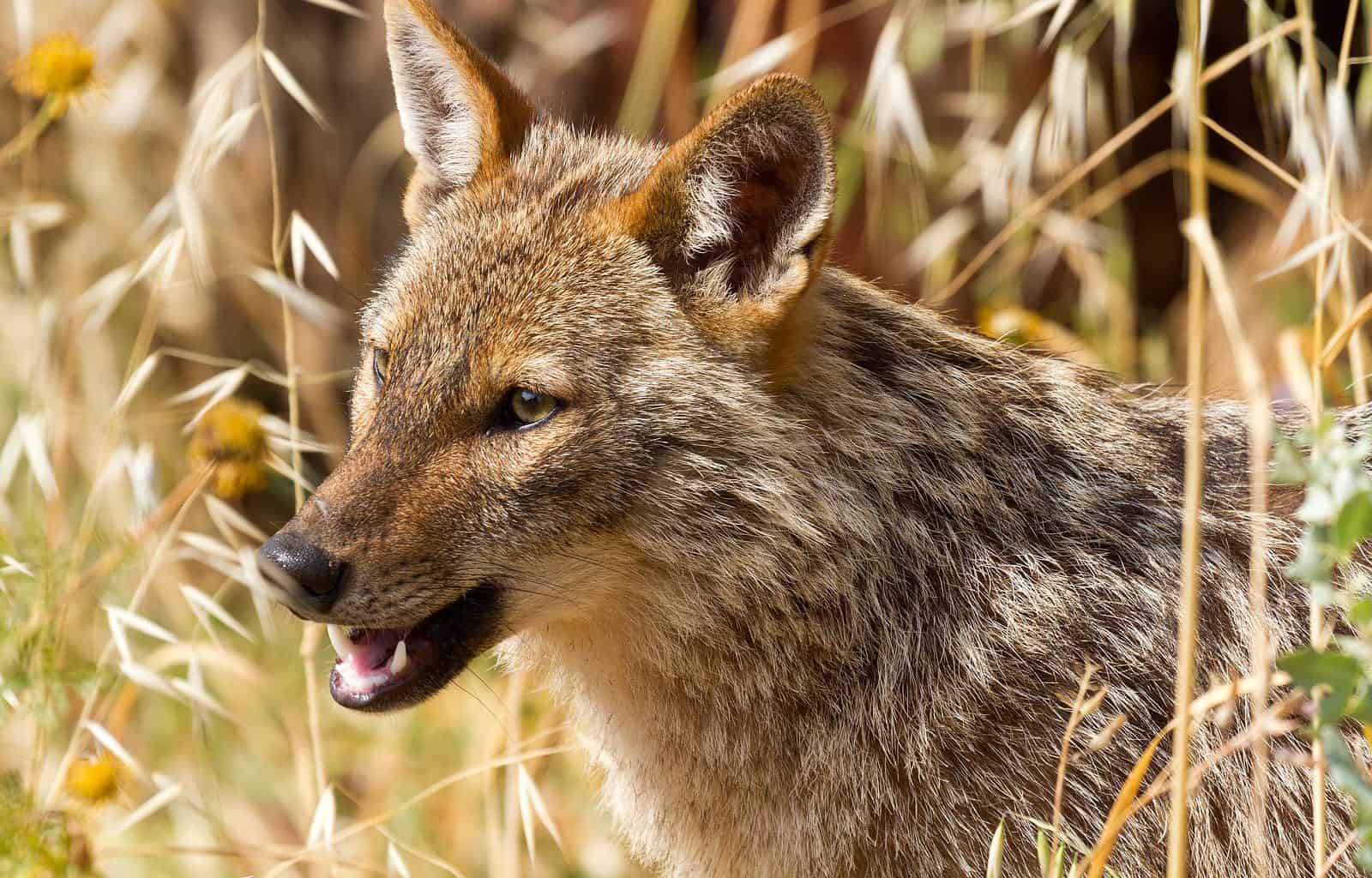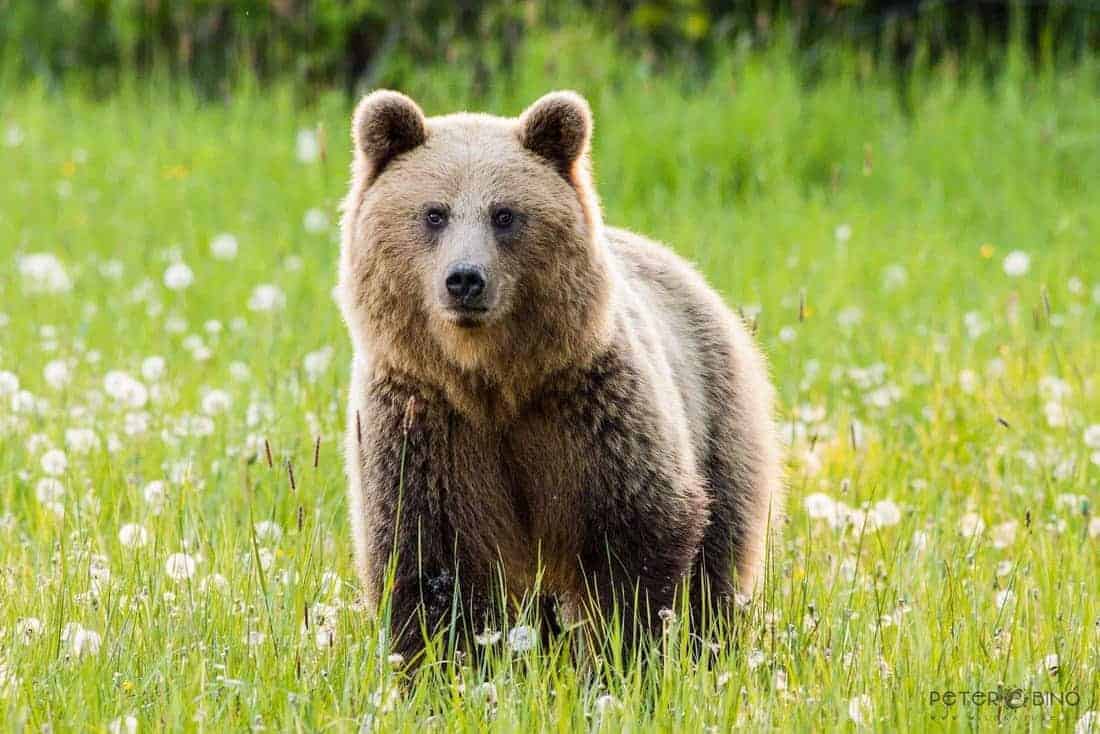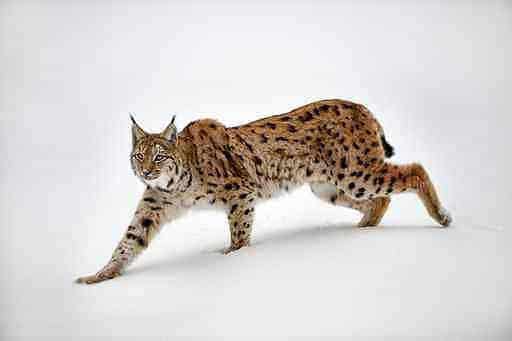The return of the Dingo
Time and time again natural solutions challenge commonly held notions of what people in the developed world consider “the right way” to manage the land. Often enough the source being one that had been there long before humans artificially altered the natural order the landscape with more artifical applications. In this instance, we are referring to Australia’s wild dog the dingo. It is an ancient breed of domestic dog that Asian seafares potentially brought to the continent around 4,000 years ago. After decades of persecution from pastoralists that drove them to the fringes of Australia’s deserts. Station owners are starting to give up their old habits of trying to rid their land of dingoes through hunting and lacing baits with poison.
Please also read: Will Wilderness in Australia ever be the same again?
The role of an apex predator
When you remove a key apex predator from an ecosystem it becomes unbalanced. The herbivores they feast upon become more abundant which in turn puts greater pressure on the land where they overconsume vegetation before it properly regenerates. For station owners, greater numbers of these prey competing with their cattle for food results in it’s degradation. This means it is less ecologically resilient to drought, less biodiverse and there is less feed to support it’s population. This in turn results in fewer and less healthy cattle that the farmer may have to sell prematurely due to the inability of sustaining the stock. However a few stations are stopping the persecution and the benefits are stark. On one such station in Western Australia details this.
Dingoes returned in 2007 and the benefits were immediate. Thousands of feral goats were eradicated in two years, something the Pollocks had been trying to achieve for more than 20 years. They had once had over-abundant kangaroos, sometimes in mobs of thousands, over-grazing the country. Now the ’roos were still present, but at consistently low numbers, much as they would have been before dingoes were removed. As a bonus, the foxes were also gone.

Managing the land
This has allowed for greater control of how station owners manage the land, allowing a return to rotational grazing now that they’re not competing with an unmageable population of herbivroes such as kangaross that previously rendered the system unworkable. It also means they spend less money and time on baiting traps with poision so they can focus on restoring their land and the cattle.
The only critics are sheep station owners who are now less prevalent than they once were. Their persecution of the dingo echoes a similar argument made by shepherds against the wolf here in Europe. The owners suffer from dingo attacks that kill sheep with one station saying it can be almost up to a third of his stock in a particularly bad year. However, defenders of the dingo argue that proper fencing can curtail this and that livestock depradation happens less frequently once an established dingo pack forms.
The indiscriminate killing of dingoes disrupts their family pack structure and leads to a higher number of problematic dingoes. Once the pack is disrupted, the remaining dingoes are less confined to their territories and can reproduce more.

Science backing up experience
From the air the argument for leaving dingoes to restore their former position in the landscape supports the experience of cattle station owners. One paper looked at three decades worth of satellite imagery from either side of Australia’s dingo fence, which stretches 5,600 kilometres from the Nullarbor in SA up to the Darling Downs in Queensland. It found there was far more vegetation cover on the northern side of the fence, which has more dingoes on it. Another paper showing the effects of dingo’s on one station suggests that since allowing for a stable dingo population, the number of kangaroos, goats, and wild pigs has reduced and pasture cover has improved, no matter the season.
In Europe, the return of the wolf and other large carnivores have the potential to have positive impacts on the landscape as well. However, especially in the Alpine region needs more livestock protection in order to ensure the coexistence of humans, livestock and wildlife. This is the focus of the LIFEstockProtect project, which aims to enhance the effective implementation of protection practices like the use of fences, shepherds and livestock guarding dogs.









